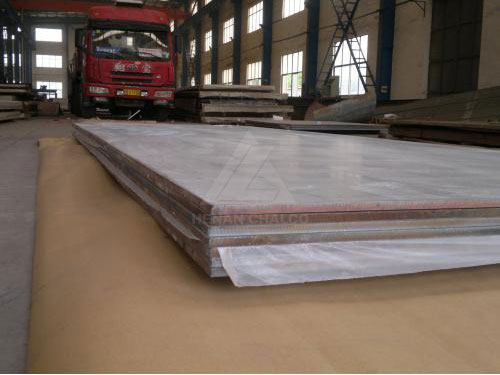
Transition insert bimetallic plate for anode rod assemblies are often subjected to high temperatures and long periods of time during use (for example, they are used as anodes and cathodes in electrolytic melting plants). Under these conditions, FeAl3 and Fe3Al5 type intermetallic compounds are generated at the aluminum-steel interface during welding, which will reduce their bonding strength. For this reason, using titanium as an intermediate layer can reduce intermediate compounds at its interface and increase the strength of the welded joint. When working at 400 ℃ for a long time, the aluminum-titanium-steel transition insert bimetallic plate for anode rod assemblies still have reliable stability for a long time. When the aluminum-titanium-steel transition insert bimetallic plate for anode rod assemblies manufactured by Henan Chalco is used, its bonding strength and electrical conductivity can remain unchanged when the use temperature reaches 450 ° C.











